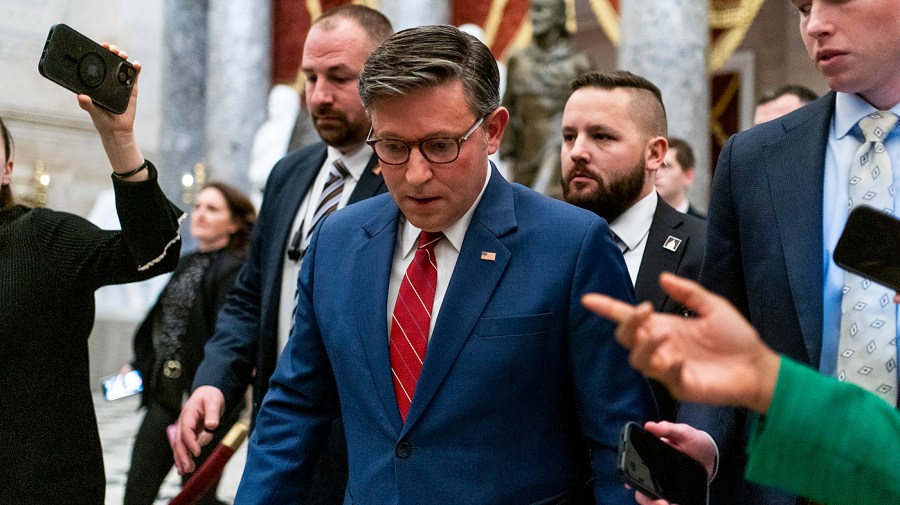
Healthcare leaders face an increasingly complex equation: higher patient demand, rising costs, and growing expectations for access and experience. Balancing these pressures has only become more difficult since the pandemic. Yet within this challenge lies a powerful but often underutilized lever for improvement: the contact center.
Traditionally seen as a back-office function, contact centers now sit at the heart of the care experience. They represent the new front door of healthcare. Long hold times, fragmented systems, and staff burnout are not only operational issues, they directly affect patient outcomes and trust. The average hold time in U.S. healthcare call centers is more than four minutes, over five times the industry benchmark of 50 seconds, and 60 percent of patients will hang up if they wait longer than one minute.
This is not a minor inconvenience. It is a patient experience failure with real clinical and financial consequences.
Communication as Care
Every call to verify insurance, schedule a follow-up, or resolve a billing question is part of a patient’s care journey. When those interactions are seamless, confidence grows. When they are delayed or disjointed, confidence erodes. Research shows patients who have negative phone experiences are four times more likely to switch providers.
Healthcare outcomes increasingly depend on communication flow. It is not enough to answer the phone quickly. The right context, including patient history, care plan, and scheduling, must travel with every interaction. For staff, disconnected tools create duplicate work and missed information. Integrated workflows reduce friction, improve efficiency, and lower burnout.
IT’s Expanding Role
Healthcare IT leaders are being asked to do more with less. The good news is they no longer have to choose between efficiency and quality. Modern communication platforms can deliver both.
One healthcare provider, for example, was able to cut patient follow-up time by more than 30 percent by giving agents real-time access to data and scheduling through a single interface. Adding quality management and speech analytics also allowed supervisors to coach with accuracy, spotting patterns proactively rather than reacting to complaints.
No-shows are another area where technology can make a measurable difference. In primary care, no-show rates often run between 15 and 30 percent, creating both clinical risk and financial strain. Evidence shows that predictive reminders and targeted outreach can reduce those rates by nearly 40 percent. This means fewer missed appointments, better continuity of care, and stronger revenue protection.
When communication becomes intelligent, contextual, and connected, the benefits extend beyond the contact center to the entire care experience.
Culture Matters Too
Technology alone will not transform patient communication. The biggest gains come when organizations make it part of their culture. That requires clear training, transparency in expectations, and leadership buy-in.
Healthcare providers that pair real-time analytics with a culture of accountability and feedback see improvements not only in key performance indicators like abandonment rates but also in staff engagement and patient satisfaction. Other organizations have built resilience by blending telehealth into their contact center workflows, ensuring continuity of care even in resource-constrained environments. These are not just operational wins. They are clinical ones.
The Road Ahead
Healthcare’s future will demand resilience, adaptability, and deeper trust between patients and providers. The contact center now sits at the center of all three.
The question is no longer whether contact centers matter. They already do. The question is whether leaders will treat them as strategic assets. Those who invest in them as care channels, not cost lines, will gain not just operational efficiency but a foundation of trust that strengthens every step of the patient journey.
About Sam Wilson
Sam Wilson is CEO of 8×8 Inc., where he leads the company’s mission to transform how organizations use cloud communications to improve patient outcomes and provider efficiency. With more than 20 years of leadership in technology and customer engagement, Sam works closely with healthcare providers to unify communications, reduce complexity, and improve both patient and staff experiences. He is passionate about building systems that deliver clarity, trust, and long-term resilience.














